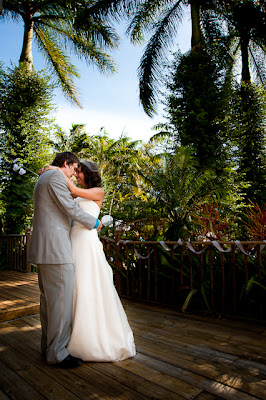Using post processing can be a very effective way to draw attention to your subject. It can also be overdone like most everything in post so be careful. You are looking for subtle changes in most cases. Here is a quick list of how you can use post processing to draw the eye.
• Minor Vignette: A vignette is a darkening of the edges of the photograph. This was done with most B&W images in chemical darkroom back in the day. Now we have a quick slider we can use in the digital dark room to darken the edges. This is very effective if the subject takes up most of the image and is not too close to the edge. If it is too close then the darkening will darken the subject and as previously mentioned this hinder the eye going directly to the subject.
• Brushes and Layers: If your subject is close to the edge or in one of the 4 quadrants for the rule of thirds a simple vignette may not work. You can still use the same idea as a vignette but with a minor difference. You make the choice of the exact spot in the image to keep bright. If you are using Lightroom 3 then simply paint the entire image down about a stop of exposure. Then erase the area you want to be brighter; adjust as necessary. If you are using Photoshop then create a duplicate background layer, darken it, and then mask out the area of the image you want to brighten. I will do a video tutorial on this in the near future.
 • Brighten the Eyes: The eyes are so important. If you have an individual as your subject and the eyes are sharp in focus there is a way you can draw the eye even more. Lighten and saturate the eye ever-so-slightly. This can be done in both Lightroom and Photoshop.
• Brighten the Eyes: The eyes are so important. If you have an individual as your subject and the eyes are sharp in focus there is a way you can draw the eye even more. Lighten and saturate the eye ever-so-slightly. This can be done in both Lightroom and Photoshop.• Color Saturation: Depending on the subject one thing you can do is to add a bit of color saturation to pull the viewer into the image. For instance if you are photographing a bird with a bright red head (like a woodpecker) you can add a bit of red saturation to bring attention to an aspect of the subject. Just be careful here not to add too much or it starts to become a special effect rather than enhancement.
Just remember when you use post processing it is very easy to overdue anything. This is no exception. What is overdone? Well, that is subjective. Only you and your clients/audiance can determine what is too much. Thanks for reading!














